-
Exoplanet WASP 107b is a gas giant almost as large as Jupiter, but much less massive.
-
Based on this discrepancy, astronomers were unsure how a planet like WASP 107b could exist.
-
But now two independent teams of researchers have harnessed the power of JWST to solve the mystery.
In the middle of our cosmic neighborhood, about 210 light-years away, lies an extrasolar planet that has defied scientific explanation for years. The name is WASP 107b.
Now two different teams of astronomers think they have found the solution, but a series of new questions have been launched that require further research.
WASP 107b: The exoplanet that shouldn’t exist
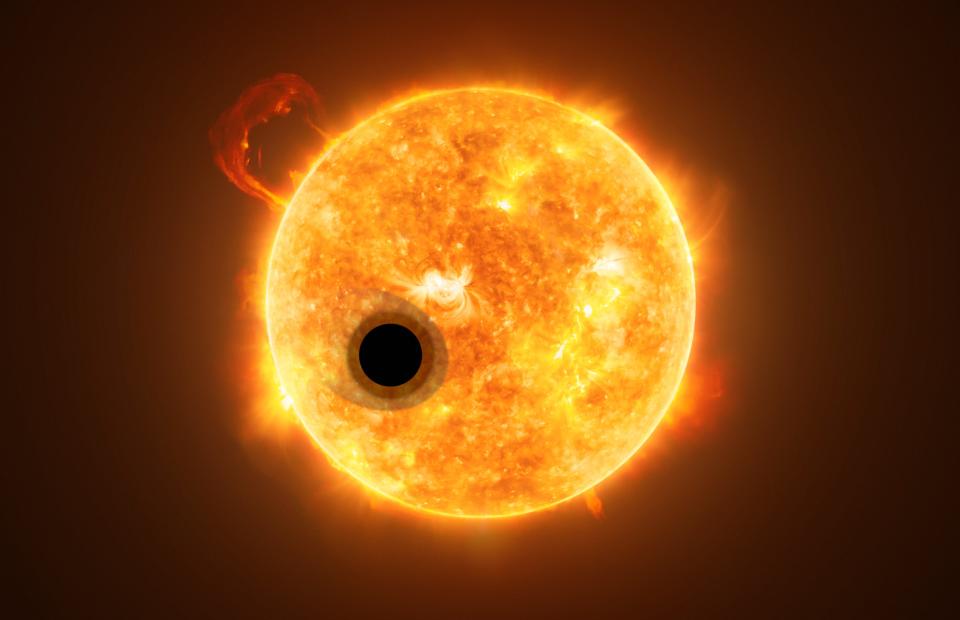
Astronomers first discovered this unusual exoplanet in 2017.
Their initial observations suggested that WASP 107b was about as wide as Jupiter but ten times less massive, earning it the nickname “super-puff,” like a puffy marshmallow or fluffy cotton candy.
For years, experts struggled to understand how such a planet could grow so large in diameter but remain so light in mass. As far as scientific models go, the exoplanet should not exist.
“People started scrambling to figure out how to make such a planet,” David Sing, a Bloomberg distinguished professor at Johns Hopkins University, told Business Insider.
Normally planets get wider, just like people. The more matter they consume, the wider – and more massive – they become. So if this exoplanet was as large as astronomers observed, it should not have had so little mass.
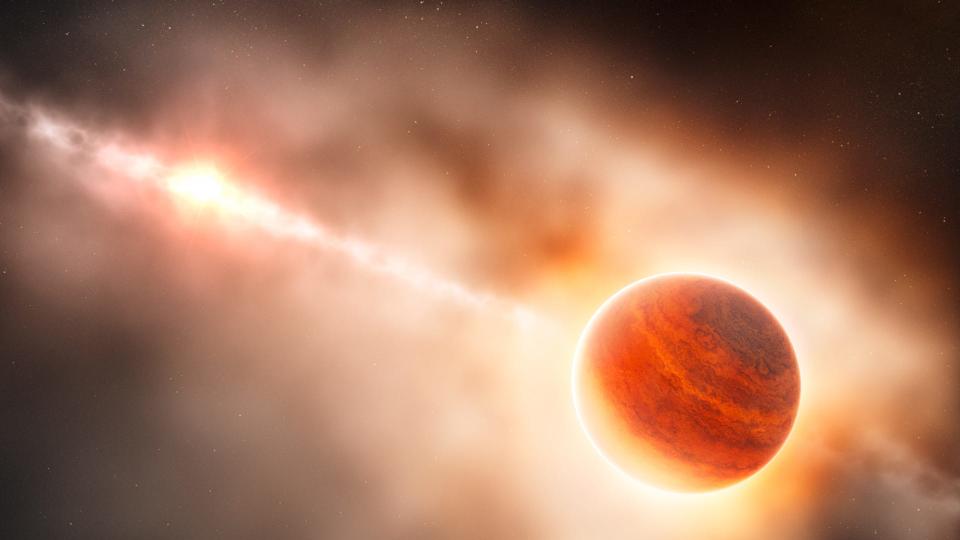

“WASP 107b is an outlier among outliers,” said Luis Welbanks, a NASA Sagan postdoctoral fellow at Arizona State University.
Thanks to the James Webb Space Telescope, two separate research teams – one led by Sing and the other by Welbanks – think they have finally solved the case. Furthermore, both teams came to remarkably similar conclusions, confirming each other’s findings.
Both teams argue that the answer to this mystery was hidden within the core of WASP 107b. It turns out that the center of this exoplanet is much hotter and more massive than astronomers previously thought.
But to reach that conclusion, the two teams had to do some serious space research.
Scientific models did not match observations


Why it took astronomers years to understand WASP 107b’s mysterious origin stems from what many astronomers face: a lack of information due to technological limitations.
Preliminary observations with the Hubble Space Telescope allowed astronomers to know some information about WASP 107b when it was discovered, but not enough to answer the big question.
So they initially turned to scientific models to fill in the gaps. A large hole was at the core of the exoplanet.
Scientific models suggested the core should be relatively small and cold, Sing said.
“That was a real mystery,” he said, because gas giants, like Jupiter and WASP 107b, typically need huge cores to collect all that gas. These nuclei also tend to be hot, because a cold core would otherwise cause them to contract naturally, reducing their size.
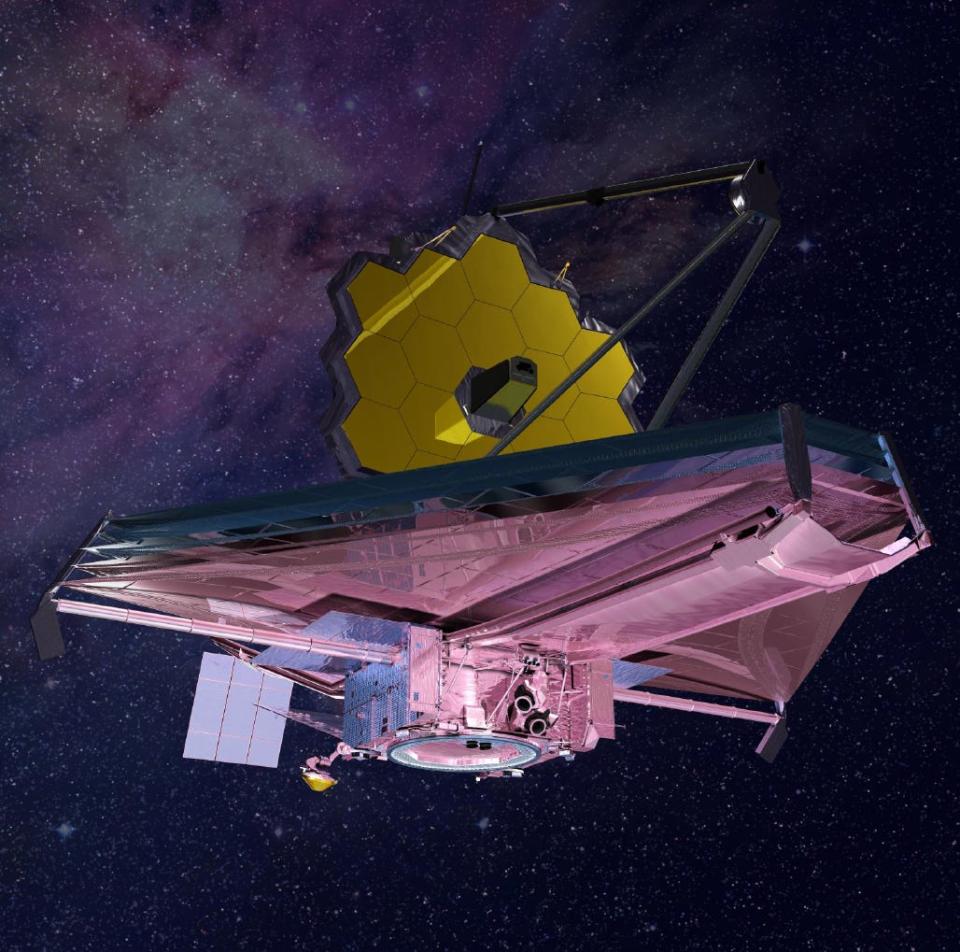

But according to scientific models, WASP 107b’s core was smaller than it should be — no larger than 4.6 Earth masses, Sing said.
So it’s clear that astronomers didn’t see the full picture.
Introducing JWST: the most powerful telescope ever launched into space. With this tool, Sing and Welbanks discovered that previous assumptions about the interior of WASP 107b were completely wrong.
Explore beneath the surface
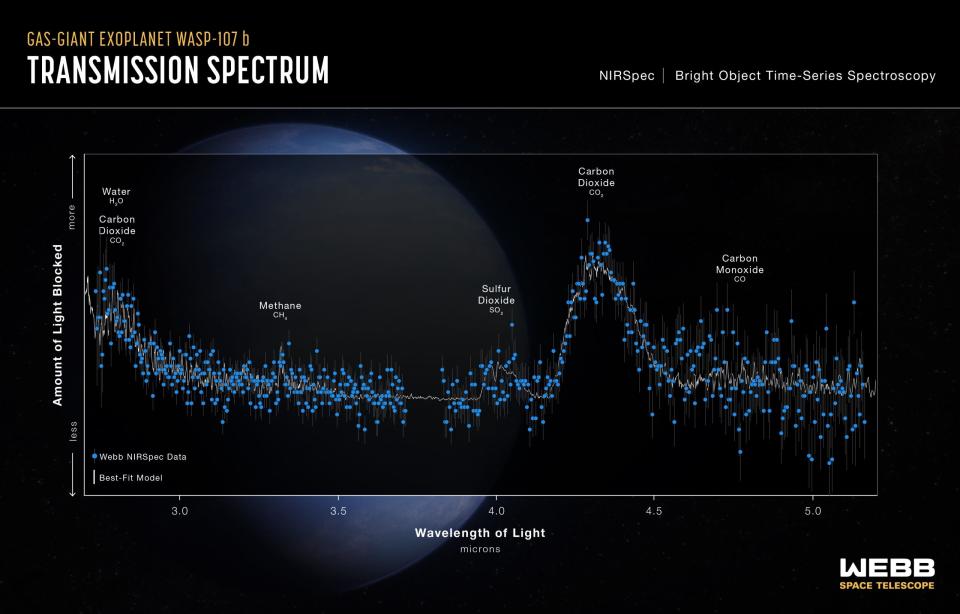

To solve the mystery of WASP 107b, Welbanks and Sing’s teams analyzed the exoplanet’s atmospheric composition with JWST.
Each team identified some of the usual suspects, such as carbon dioxide, sulfur dioxide and water vapor. But they were surprised to find an unusually low amount of methane.
Methane is unstable at high temperatures. But WASP 107b’s surface temperature was cold enough to contain more methane than what JWST observed.
The most plausible answer to this methane mystery was that hot gas from deeper within the exoplanet mixed vigorously with the colder gas near the surface, Welbanks and Sing concluded.
“With these new measurements, we are essentially able to use methane as a thermometer inland, and we find that it is much hotter than we expect,” Sing said.
The two teams both published their separate studies in the peer-reviewed journal Nature.
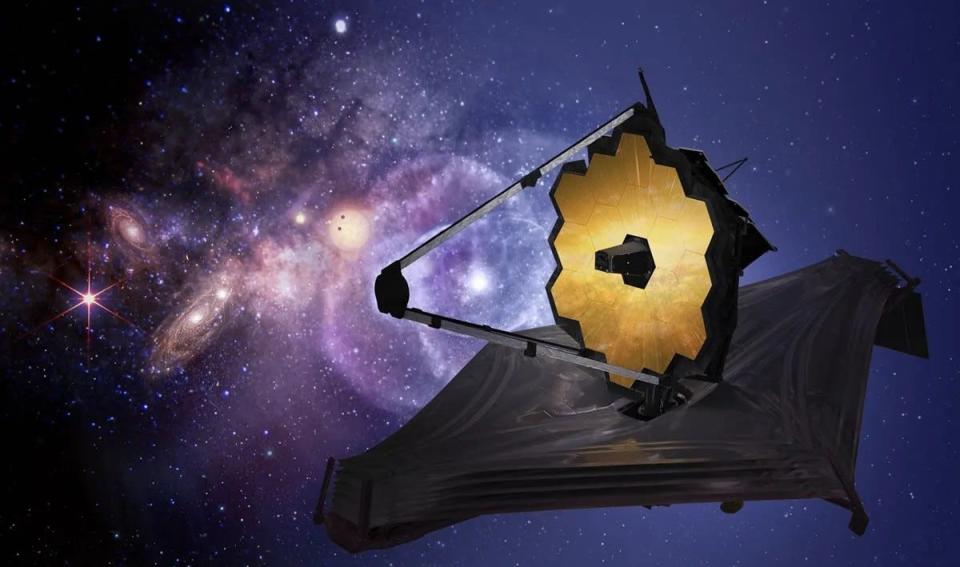

The fact that JWST’s observations suggested the core was hotter also meant it was likely much larger, which would explain WASP 107b’s large diameter. Both Sing and Welbanks concluded that the core is much more massive than the original estimates.
However, Welbanks and Sing’s measurements of the core mass differ. While this discrepancy warrants further investigation, both studies essentially tell the same story, says Scott Gaudi, a professor of astronomy at Ohio State University.
“The fact that this thing is swollen is largely due to a high internal temperature,” says Gaudi, who was not involved in the study but is a former colleague with a co-author on Welbanks’ paper.
Collaboration is key
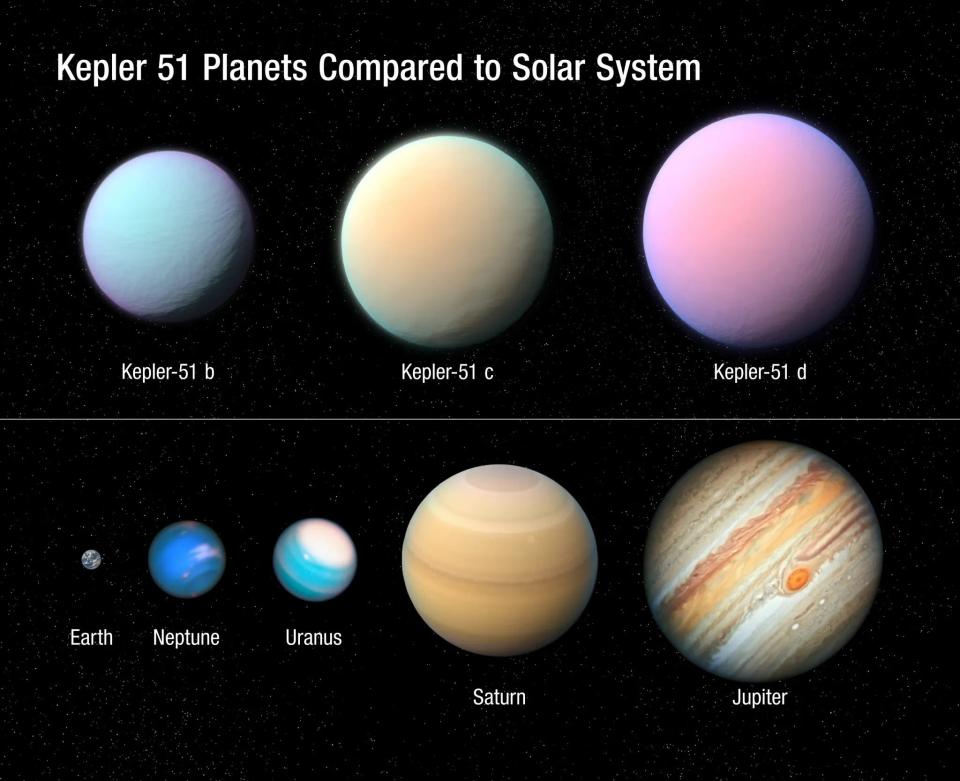

This clarified photo of WASP 107b’s interior doesn’t mean astronomers are done asking questions about this strange supercloud. One remaining question is how this exoplanet’s core got so hot in the first place.
“What exactly causes that high internal temperature is not clear,” Gaudi said. But Welbanks and Sing have a theory – one that Gaudi thinks might be right.
WASP 107b’s orbit around its parent star is “eccentric,” meaning it is not perfectly circular. That eccentric orbit compresses the planet intermittently, and “just like playing with crazy putty in your hands and moving it around, it gets warm,” Welbanks explained.
That heat-generating squeezing is called tidal heating. Gaudi thinks this is a solid explanation for why WASP 107b’s core is so much hotter than expected.
But Gaudi still has some questions about the mechanisms behind this tidal heating.
For example, for WASP 107b’s eccentric orbit to heat its core so strongly, the core would have to dissipate tidal heat very efficiently, Gaudi said.
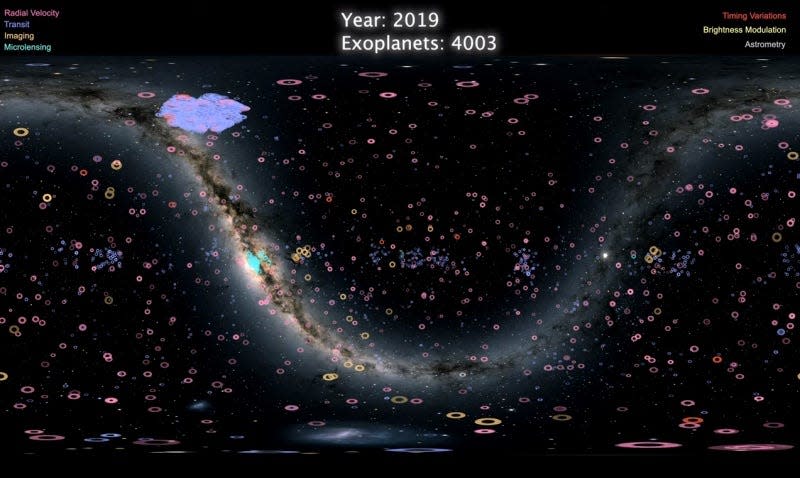

That means that every time the exoplanet is “squeezed” as it orbits its star, a lot of energy is deposited in its core. According to Gaudi, this also means that the orbit of the exoplanet should not remain eccentric for long; eventually it should be perfectly circular.
Why is WASP 107b’s orbit still eccentric? Did Sing and Welbanks just catch it at the right time, or is there something else maintaining the exoplanet’s shaky orbit, such as the gravitational pull of a neighboring planet?
Welbanks and Sing plan to investigate WASP 107b’s eccentric orbit, tidal warming, and other remaining questions in the future.
But for Sing, Welbanks and Gaudi, the most important lesson to be learned from this work is that collaboration breeds success.
“In the age of science where many things are not reproducible, it was very reassuring that two teams came up with the same thing right away,” said Sing.
“Science is done in a bigger and better way when you work together,” Welbanks said.
Read the original article on Business Insider